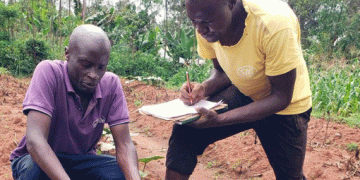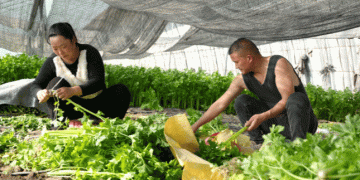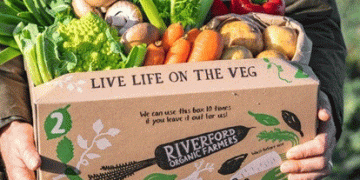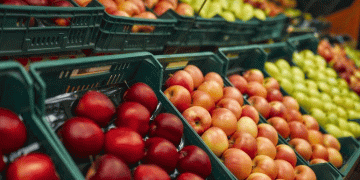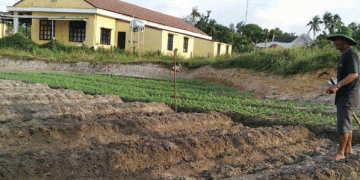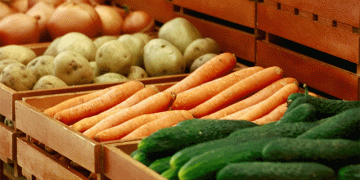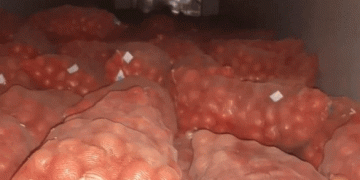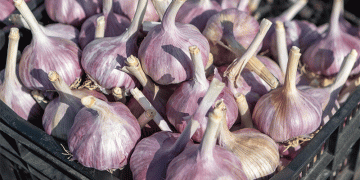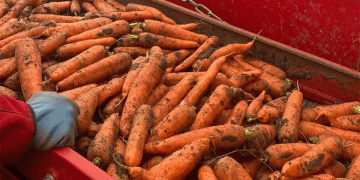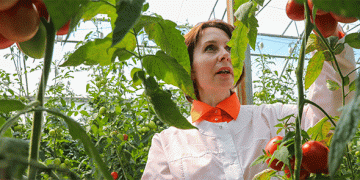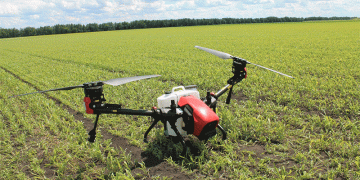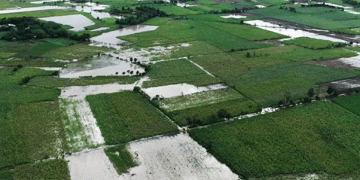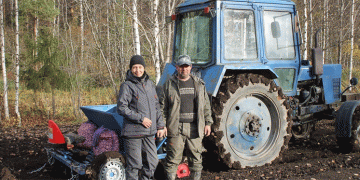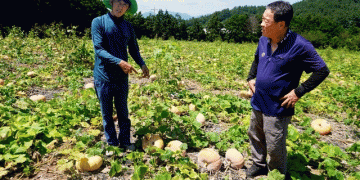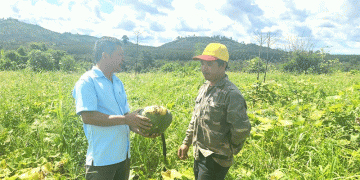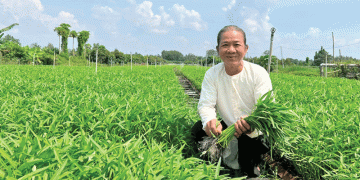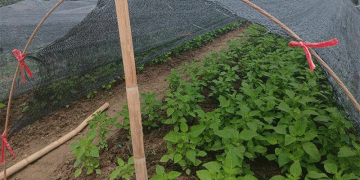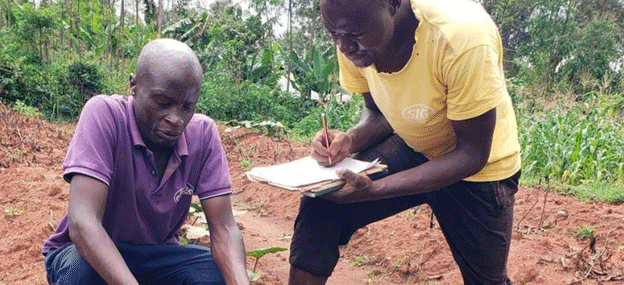In Vihiga County, Kenya, farmers are rediscovering the immense value of indigenous vegetables—not just as a cultural heritage but as a sustainable solution to food security and malnutrition. Known locally as Managu (African Nightshade), Mrenda (Jute Mallow), Terere (Amaranth), and Kunde (Cowpea), these crops are packed with essential nutrients and thrive in challenging climatic conditions.
A Growing Movement Towards Organic Farming
Joseph Mukuna, a farmer and community health promoter, is among over 60 participants in a joint initiative by the Alliance for Bioversity and Seed Savers Network Kenya. These farmers have been trained in organic cultivation, avoiding synthetic pesticides and fertilizers, making their produce both healthier and more sustainable.
According to the Food and Agriculture Organization (FAO), indigenous vegetables are highly resilient to climate variability, making them crucial for food security in drought-prone regions. A 2023 report by the Alliance for Bioversity International and CIAT highlights that traditional leafy greens contain up to 50% more iron and vitamin C than conventional vegetables like cabbage and kale.
Scientific Approach to Farming
Farmers in Vihiga are adopting a data-driven approach:
- Recording growth patterns, flowering times, and pod formation.
- Measuring plant height, leaf size, and pest resistance.
- Identifying drought-tolerant varieties, such as the red-podded Managu.
This meticulous documentation helps optimize yields and improve seed selection. Loise Isaac, another participant, notes that learning seed extraction has reduced reliance on expensive commercial seeds—a critical step toward self-sufficiency.
Nutritional Benefits and Market Potential
Christine Kihara, a nutrition coordinator in Nakuru, emphasizes that these vegetables are rich in iron, vitamin C, and fiber, essential for combating malnutrition, especially in children and pregnant women. However, she warns against overcooking, which destroys heat-sensitive nutrients, and advises against mixing leafy greens with milk, as calcium inhibits iron absorption.
The market potential is also growing. Lillian Aluso from the Alliance for Bioversity reports that some nearly extinct varieties, like Rinyororo and Nderema, are making a comeback, with farmers recognizing their higher market value.
A Return to Roots for a Healthier Future
The revival of indigenous vegetables is more than an agricultural trend—it’s a sustainable, health-driven movement that empowers farmers, improves nutrition, and enhances climate resilience. As Joseph Mukuna puts it: “I’m a better farmer now, and this is just the beginning.”
By embracing these traditional crops, Kenya—and other African nations—can strengthen food security, boost rural economies, and promote healthier diets in the face of climate change.
